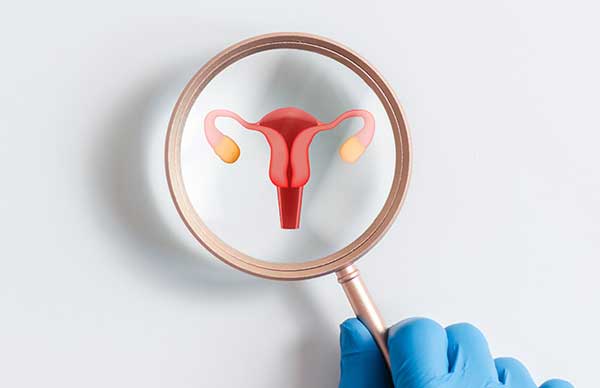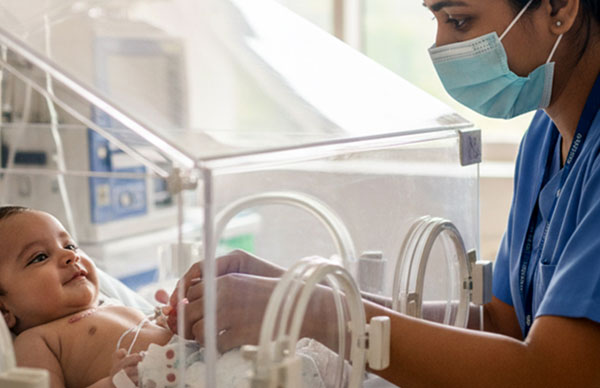Caesarean vs. Normal Delivery

An overview
When it comes to childbirth, expectant mothers often face one big decision — whether to opt for a normal (vaginal) delivery or a Caesarean section (C-section). While the objectives of both are the same viz. a safe birth for baby and mother, they differ significantly in terms of procedure, recovery, risks and long-term effects. In this scenario understanding both is crucial as it can help women make informed decisions based on their health, preferences and medical advice.
Normal Delivery
Normal or vaginal delivery is the natural process of childbirth. In this the baby is born through the birth canal. This is the most common method and is generally preferred when there are no complications.
Benefits of Normal Delivery
There are a number of benefits associated with normal delivery such as:
- Faster Recovery: Women usually recover quicker after a normal delivery and can return to routine activities within a few days.
- Shorter Hospital Stay: Most women are discharged within 1–2 days.
- Lower Risk of Complications: Vaginal birth avoids surgical risks like infection or blood clots.
- Better for Baby: Babies born vaginally are more likely to have better respiratory function, as the fluid in their lungs is expelled during the birth process.
- Future Pregnancies: Easier and less risky compared to multiple C-sections.
However, vaginal birth also has its cons such as the likelihood of labour pain, the possibility of tearing and, in some cases, instrumental delivery using forceps or vacuum.
Caesarean Section (C-Section)
A C-section is a surgical procedure in which the baby is delivered through an incision in the mother's abdomen and uterus. It may be planned (elective) or done as an emergency when complications arise.
Why opt for C-Section?
C-section is usually preferred in the following cases:
- Complications like high blood pressure, placenta previa or foetal distress
- Baby in breech or transverse position
- Multiple pregnancies (twins or more)
- Previous C-section delivery
Benefits of C-section:
The benefits are plenty and include:
- Lifesaving in Emergencies: A C-section can be the safest option when a vaginal delivery poses risks to the baby or mother.
- Scheduled Delivery: Elective C-sections are very convenient as they can be planned well in advance.
Risks:
However, C-section is not without some attendant risks. These include:
- Longer Recovery Time: Full recovery can take 4–6 weeks.
- Surgical Risks: Includes risk of infection, bleeding or reactions to anaesthesia.
- Breastfeeding Challenges: Initial bonding and breastfeeding may be delayed.
- Future Pregnancy Complications: Higher chances of uterine rupture or placenta issues.
Which option is better?
The answer to this is subjective and open to interpretation as there is no one-size-fits-all answer. While a normal delivery is generally safer and preferred but a C-section can be life-saving and necessary depending on the situation. The decision should always be made in consultation with a qualified obstetrician, taking into consideration both maternal and foetal health. Hence which one is better depends on other variables.
Objectives don’t differ
Both vaginal delivery and C-sections have their own sets of pros and cons. While normal delivery is often encouraged for its natural benefits, C-sections are crucial when complications arise. The common goal for both is a safe delivery and healthy outcome for both mother and child along with a positive birth experience.













